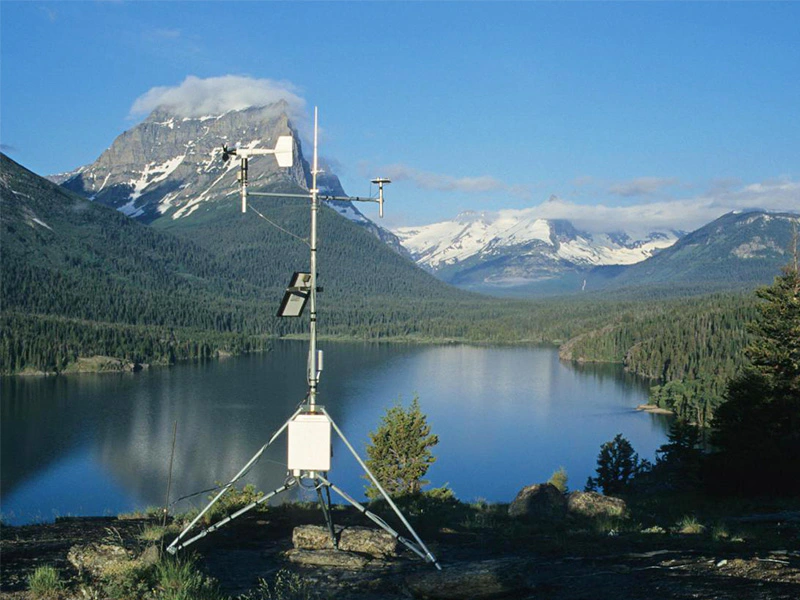
# What is a Meteorological Station?
A meteorological station, also known as a weather station, is a facility equipped with instruments and sensors designed to measure and record various atmospheric conditions. These stations play a crucial role in weather forecasting, climate research, and environmental monitoring.
## Key Components of a Meteorological Station
Meteorological stations typically include several essential instruments:
– Thermometer: Measures air temperature
– Barometer: Records atmospheric pressure
– Hygrometer: Determines humidity levels
– Anemometer: Measures wind speed and direction
– Rain gauge: Tracks precipitation amounts
– Pyranometer: Measures solar radiation
## Types of Meteorological Stations
There are several classifications of weather stations based on their location and purpose:
### 1. Surface Weather Stations
These are the most common type, installed at ground level to measure conditions near the Earth’s surface. They can be found at airports, schools, and research facilities.
### 2. Upper-air Stations
These stations use weather balloons (radiosondes) to collect data about atmospheric conditions at higher altitudes.
### 3. Automatic Weather Stations (AWS)
Modern automated systems that transmit data electronically without requiring constant human supervision.
### 4. Marine Weather Stations
Located on ships, buoys, or oil platforms to monitor oceanic weather conditions.
## Importance of Meteorological Stations
Weather stations serve numerous critical functions:
– Providing data for accurate weather forecasts
– Supporting aviation safety
– Assisting in agricultural planning
– Monitoring climate change patterns
– Aiding in disaster preparedness and warning systems
## Data Collection and Analysis
Modern meteorological stations often transmit data in real-time to central databases where meteorologists analyze the information. This data helps create weather models and forecasts that benefit various sectors including transportation, agriculture, and emergency services.
With advancements in technology, meteorological stations have become more sophisticated, incorporating satellite links, advanced sensors, and computer systems for more precise and comprehensive weather monitoring.
Keyword: what is meteorological station
